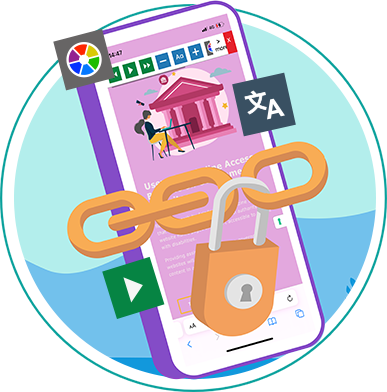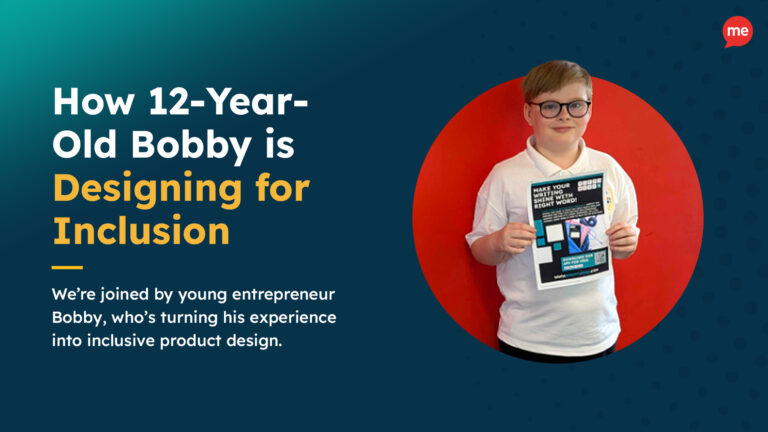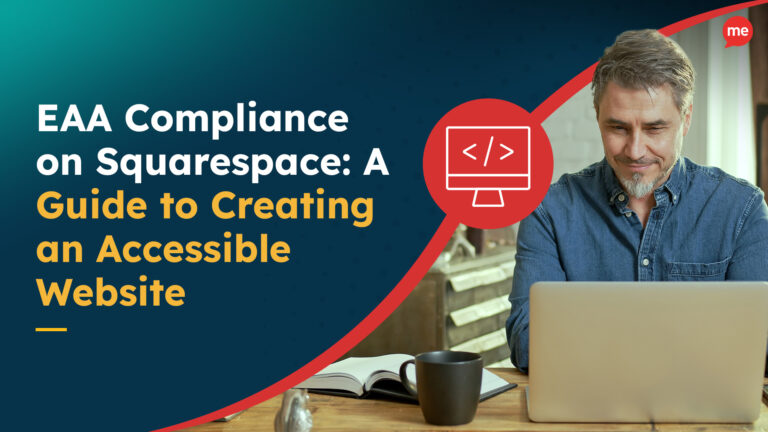Get Your Free Accessibility & Inclusion Toolkit
Download NowWebsite accessibility issues have become a bigger topic among businesses all around the world. Furthermore, in the last decade, the growth of mobiles being used to surf the internet has been exponential. This has brought the topic of mobile web content accessibility guidelines to the forefront.
What is Mobile Accessibility?
Mobile accessibility refers to the design and development of mobile applications and websites in a way that ensures people with disabilities can access and use them effectively on mobile devices such as smartphones and tablets. It involves making mobile technology inclusive and removing barriers that may prevent individuals with disabilities from using mobile web content and fully utilizing the features and functionalities of mobile devices.
Mobile app accessibility encompasses various disabilities, including visual, hearing, physical, and cognitive impairments. It aims to have mobile app developers provide equal access to information, communication, and services for all users, regardless of their abilities or the devices they use.
Who needs Mobile Accessibility?
Individuals who experience a variety of different disabilities often rely on mobile accessibility to get access to information, service and communication online. The types of disabilities include but are not limited to:
Visual Impairments
Hearing Impairments
Motor Impairments
Cognitive Impairments
Age-related Impairments
Temporary Disabilities (broken bones, temporary vision loss, etc.)
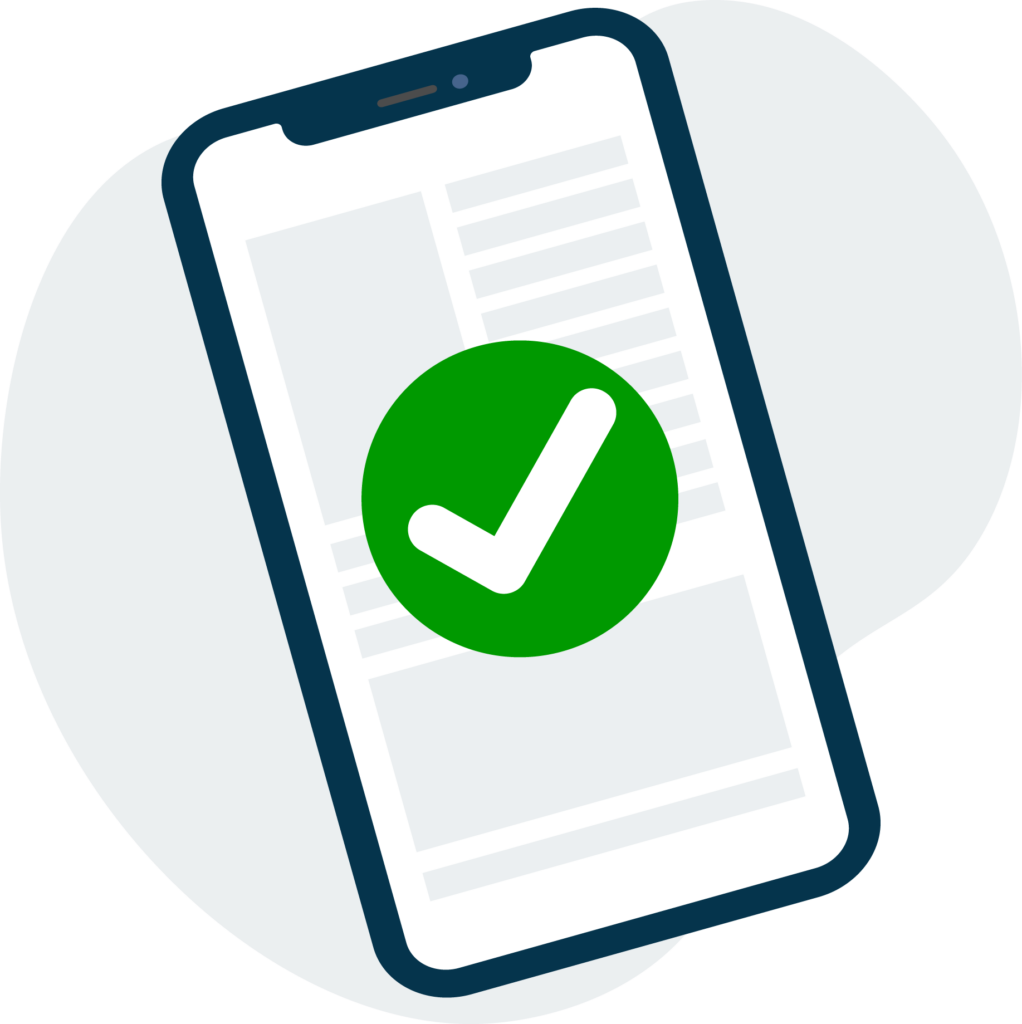
However, it is important to remember that accessibility benefits extend beyond users who have disabilities. Mobile apps and web browsers with accessibility features enhance the usability and user experience for all users, regardless of their abilities or preferences. By designing mobile applications, web pages and websites with accessibility in mind, we create an inclusive digital environment that benefits everyone.

Free Accessibility Check of your Website
Finding accessibility issues is now easier than ever. Recite Me offers a free automated scan of your website’s homepage to highlight non-compliance. You’ll get recommendations on how to fix them, helping to improve your accessibility score.
Why is Mobile App Accessibility Important?
By incorporating mobile accessibility best practices, developers and designers can make mobile applications and websites more inclusive, reaching a broader audience and providing equal opportunities for individuals with disabilities to engage with mobile technology. Mobile accessibility not only benefits users with disabilities but also enhances the overall user experience for everyone.
Some of the most important reasons for implementing mobile accessibility guidelines include:
Equal access to information and services
Independence for disabled users
Digital inclusion and participation
Legal and ethical obligations
Increase market reach and customer base
Improve user experience and usability
How to make a Mobile Friendly Website?
Creating a website that is accessible from mobile devices can be tricky at times. So, it’s important to know all of the different features and considerations that you will need to assess. Below you can see some very basic steps that can be taken to make a website mobile friendly.
Colour Contrast
Colour contrast is crucial for mobile accessibility because it ensures that text and other visual elements are legible and distinguishable, particularly for individuals with visual impairments or colour vision deficiencies.
To be accessible your website should comply with the WCAG guidelines on colour and contrast ratios. For normal text the contrast ratio should be 4:5:1 and for large text a contrast ratio of 3:1. Additionally, any information on web page that is conveyed via colour must also be available by other means too. An example of this would be hyperlinked text, usually this is represented by underlined text.
Image alternatives
Users with visual impairments or low vision often find it difficult to understand the information and context provided in images, therefore text-based alternatives must be provided to assist users. This information should be added to the media’s alt or title tags. The purpose of the text is to fully describe the important aspects of the image, providing the full context and understanding required by the user.
To make your website mobile friendly through the use of Image Alternatives, ensure all alt text has been properly added to images and media. An example of good image alt text would be “professional tennis player Andy Murray on court at Wimbledon”. Whereas an example of bad alt text for the same image would be “person on tennis court”.
There are a few additional considerations to make, firstly, images of text should be avoided. Moreover, all form controls must have labels for the benefit of screen readers. Lastly, user interface components with visible text as labels must have the same text available in the programmatic name of the component. Learn how to create accessible image alt text here.
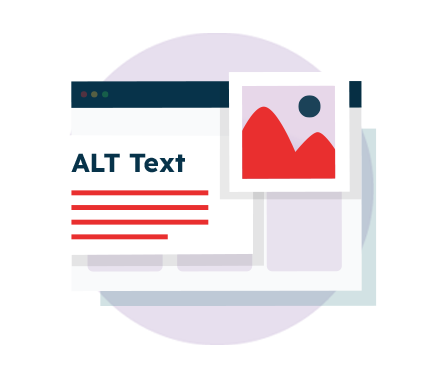
Touch Targets
Mobile devices naturally have far smaller display sizes than a traditional computer screen. However, for accessibility, website owners need to ensure all of their on-page elements are large and distanced enough that a user with smaller screens can easily touch them.
Some of the best practices for implementing the correctly sized touch targets include designing them to at least 9x9mm (high and wide). Additionally, the placement of buttons and touch targets should be in areas that are easy to access. Furthermore, they should allow the flexible use of all interactive elements.
Consistent Layouts
Having a consistent layout is important for mobile accessibility because it promotes ease of use, familiarity, and efficiency for users with disabilities.

A consistent layout helps users develop a mental model of the mobile interface, allowing them to navigate and interact with content more efficiently. Users with visual impairments or cognitive disabilities rely on consistency to understand and predict the placement of elements within the interface. When elements consistently appear in expected locations, users can quickly locate and interact with them, reducing cognitive load and enhancing the overall user experience.
Moreover, a consistent layout contributes to accessibility for individuals with motor disabilities. Users with limited dexterity or fine motor control benefit from a predictable layout because it allows them to anticipate the position of interactive elements, such as buttons or links. Consistency reduces the need for precise targeting and minimizes the risk of accidental activations, improving usability and reducing frustration for users with motor impairments.
Responsive Design
Responsive design is essential for mobile accessibility as it ensures optimal user experiences across different screen sizes and devices. It eliminates the need for separate mobile versions and accommodates various orientations. Responsive design enhances usability for individuals with disabilities and supports assistive technologies. Moreover, it future-proofs accessibility by adapting to emerging technologies. By prioritizing responsive design, developers create inclusive and accessible mobile experiences.
Find our top design tips for accessible websites here.
Easy Data Entry Methods
Data entry on mobile devices has developed exponentially in recent years, allowing users to input data through various methods. Text entry methods can often be time-consuming and certain disabilities make it considerably more difficult.
In order to make your website and its data entry methods more accessible, consider reducing the amount of text that is required. This can be done by providing select menus, check boxes, radio buttons and the ability to autofill known information such as location or date.
Our 40-page Digital Accessibility & Inclusion Toolkit helps businesses break down online barriers and make a real impact. It offers practical advice on all aspects of digital accessibility, from writing an accessibility statement to accessible website tips and inclusive hiring.

Improve your Mobile Web Apps Accessibility
If you want to learn more about digital accessibility and how you can make web pages on your website more inclusive, get in touch with our team today to book a demo. Additionally, you can try out our free web accessibility scanner to review your website’s accessibility score and how to improve it today. Alternatively, fully commit yourself to accessibility with the Recite Me web accessibility plugin.
